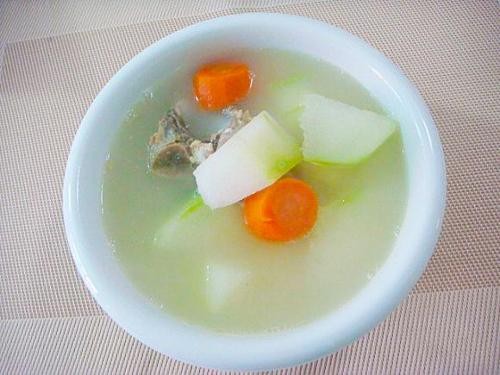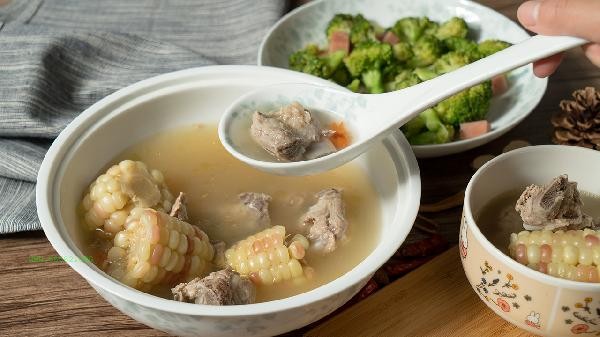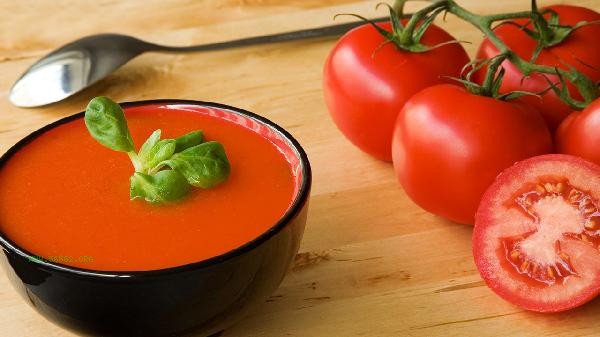Regular consumption of Lao Huo Tang may increase the risk of gout, lead to excessive sodium intake, induce obesity, nutritional imbalance, and increase the probability of chronic diseases. Lao Huo Tang is usually stewed for a long time, with high purine, fat, and salt content. Long term excessive consumption may have negative effects on health.

1. Increased risk of gout
Meat, seafood, and other ingredients in Lao Huo Tang can release a large amount of purine after prolonged boiling, which is metabolized to produce uric acid. Continuous increase in uric acid levels may trigger acute attacks of gout, characterized by joint redness, swelling, heat, and pain. Patients with hyperuricemia and middle-aged and elderly populations need to pay special attention to controlling their intake frequency.
2. Excessive sodium intake
To enhance the taste, Lao Huo Tang often adds seasonings such as salt and soy sauce, and the sodium content in each bowl of soup may exceed one-third of the recommended daily intake. Long term high sodium diet can increase the burden on the kidneys, increase the risk of hypertension and cardiovascular disease, especially for hypertensive patients.
3. Inducing obesity
The dissolved animal fat and glial cells in soup can significantly increase calories, especially in thick soups made from ingredients such as pig bones and chicken skin. Frequent consumption may lead to excess calories, especially when paired with staple foods, which can cause weight gain and increase the likelihood of metabolic syndrome.

4. Nutritional imbalance
Some vitamins such as vitamin C and B vitamins are easily destroyed under prolonged high temperatures, while the dissolution rate of minerals such as calcium and iron is limited. Overreliance on Lao Huo Tang as a source of nutrition may lead to insufficient intake of certain nutrients, affecting dietary balance.
5. Chronic disease risk
Long term and high frequency consumption of Laohuo Decoction is associated with chronic diseases such as diabetes and hyperlipidemia. Free fats and carbohydrates in the soup may interfere with blood glucose and lipid metabolism. It is recommended to consume it no more than 2-3 times a week and pair it with fresh vegetables and fruits.

It is recommended to adjust the cooking method, choose blanching to remove purine, control the stewing time within 2 hours, and use low purine ingredients such as mushrooms and radishes. When drinking, skim off the surface oil and avoid drinking soup on an empty stomach to reduce fat absorption. Can be paired with diuretic ingredients such as celery and winter melon to aid metabolism, while maintaining sufficient daily water intake. Special populations such as gout patients and those with three highs should control their intake under the guidance of a doctor and regularly monitor relevant indicators.








Comments (0)
Leave a Comment
No comments yet
Be the first to share your thoughts!